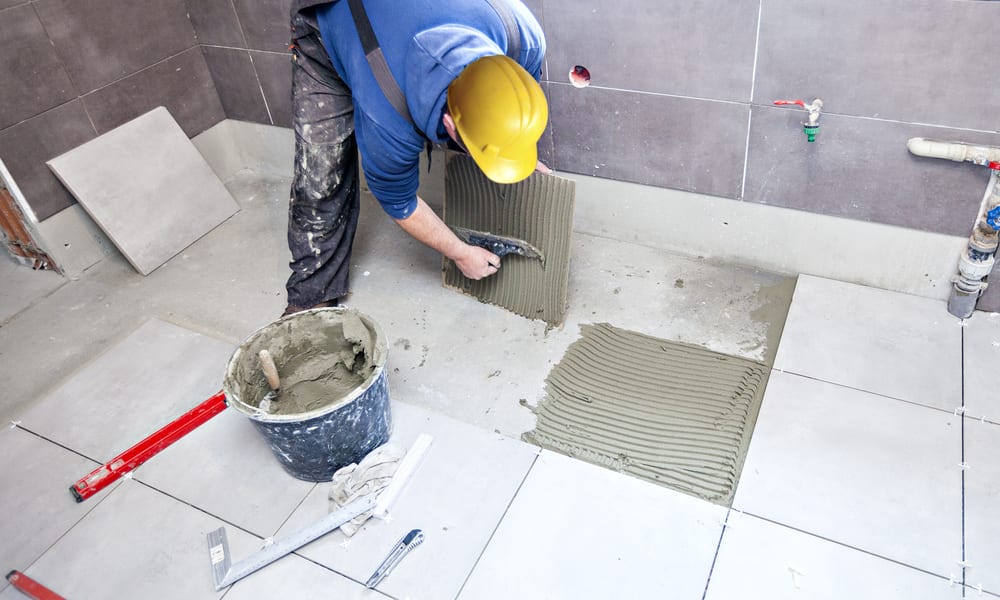Material choices that prevent leaks and reduce long-term upkeep
Choosing durable, moisture-resistant materials during a shower remodel helps prevent leaks and reduces long-term upkeep. This article explains tile and grout selections, waterproofing and drainage options, glass and fixture materials, ventilation and lighting, plumbing choices, accessibility needs, and contractor considerations for durability and easier maintenance.

Selecting materials that resist moisture and simplify maintenance is the foundation of a leak-resistant shower. A durable design balances layout, ventilation, and plumbing access with materials chosen for performance rather than aesthetics alone. Proper material pairing — from substrate to grout to fixtures — reduces long-term repairs, protects surrounding structures, and helps keep maintenance predictable. Planning with a contractor and prioritizing waterproofing, drainage, and inspectable plumbing runs will make future upkeep less disruptive and less costly.
Bathroom layout and material planning
A thoughtful layout reduces water exposure to vulnerable areas and simplifies maintenance. Position controls and shelving to avoid direct spray on seams and use continuous, sloped surfaces where possible. Choose moisture-tolerant backer boards rather than standard drywall behind wall tiles, and specify a sloped shower floor toward a well-placed drain to prevent pooling. Consider the overall layout alongside electrical, ventilation, and lighting plans to minimize future retrofits that can disturb waterproof assemblies.
Tiles, grout and long-term maintenance
Porcelain and vitrified tiles offer low water absorption and strong scratch resistance compared with some natural stones. Use rectified, tightly spaced tiles to reduce grout lines; where grout is needed, select epoxy or urethane grouts over cementitious grout for superior stain and water resistance. Regularly sealing natural stone remains necessary, while epoxy grouts generally reduce the frequency of resealing. Proper tile installation with suitable thinset and a waterproof substrate is as important as material choice for preventing leaks.
Waterproofing and drainage solutions
A continuous waterproofing membrane applied over the substrate provides the first line of defense against leaks. Options include sheet membranes and liquid-applied systems; both require proper detailing at corners, seams, and penetrations. Integrate linear or centralized drains designed to match the chosen floor slope, and ensure drain seals and clamping rings are installed correctly. Good drainage prevents prolonged moisture exposure that can degrade membranes and framing, reducing hidden leaks and long-term structural issues.
Glass, fixtures and corrosion resistance
Tempered glass panels and doors reduce the number of wet seams and simplify cleaning compared with shower curtains. Select corrosion-resistant fixtures and hardware in finishes rated for wet environments, such as brass with appropriate plating or stainless steel. Ensure fixtures have replaceable cartridges and accessible mounting for future repairs without removing tile. Edge profiles, sealant joints, and door sweep designs affect water containment; choose glass systems with well-detailed seals to minimize leaks and maintenance needs.
Ventilation, lighting and safety
Adequate ventilation prevents humidity buildup that can undermine grout and finishes. Install an exhaust fan rated for the bathroom volume and position it to remove moisture efficiently after showers. Use LED lighting fixtures rated for damp locations and place them to avoid condensation-prone areas. Slip-resistant tile finishes and strategically placed grab bars contribute to safety and longevity by reducing the need for emergency repairs due to falls or water damage. Proper ventilation and lighting extend the life of materials by limiting mold and mildew growth.
Plumbing, accessibility and contractor considerations
Durable plumbing choices include PEX or copper supply lines with accessible shutoffs and corrosion-resistant drain assemblies. Plan for access panels where future repairs may be needed without demolishing finished surfaces. For accessibility, incorporate curbless entries and handheld showerheads that provide flexibility and reduce trip hazards; these choices also change waterproofing and drainage requirements that must be detailed in the design. Work with a licensed contractor who documents waterproofing methods, fixture models, and warranties to ensure accountability and easier long-term maintenance.
Conclusion Material choices influence both immediate performance and ongoing upkeep. Selecting low-absorption tiles, resilient grout, well-detailed waterproofing, corrosion-resistant fixtures, and thoughtful layout reduces leak risk and simplifies maintenance. Combining these materials with proper drainage, ventilation, and accessible plumbing increases longevity and makes inspections or repairs less invasive. A coordinated plan that addresses substrate, sealing, and fixture serviceability produces a shower that performs reliably over years without frequent disruptive upkeep.






